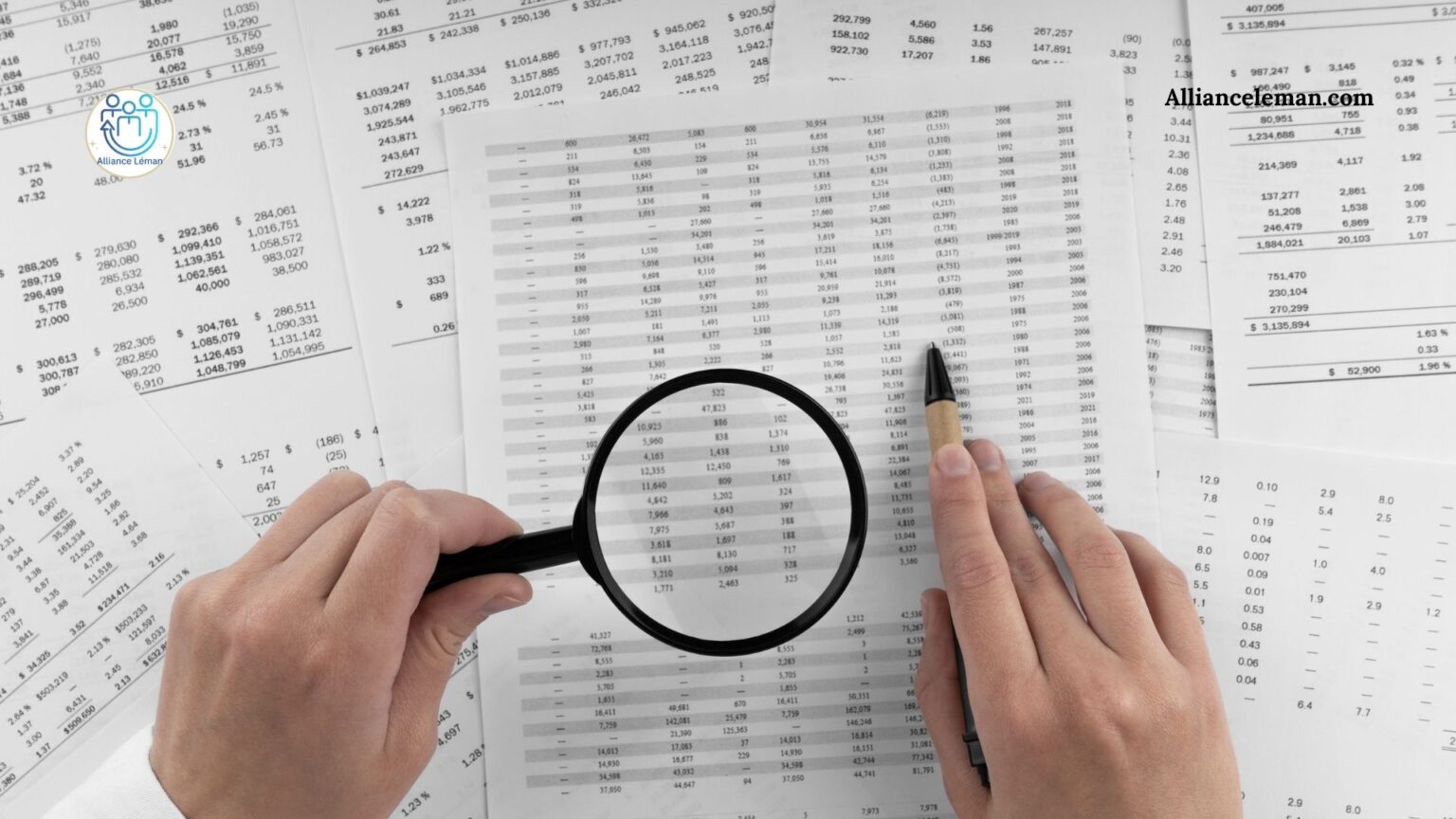
How to do your financial due diligence before buying a business?
Author
-

Fatemeh is a business strategy and M&A professional, with +5 years of international experience in heavy industry, and the financial & consulting industries- Her educational background is in Industrial Engineering & International Commerce
View all posts
Financial due diligence (evaluation) is the seventh article in our “What to Consider Before Buying a Business” series. By now, you’ve explored essential steps such as strategic planning (Part 1), Market selection and analysis (Part 2), Build vs. Buy decision (Part 3), Defining Target Criteria (Part 4), Target Pipeline Buildup (Part 5), and Initial Strategic Filtering by Commercial Due Diligence (Part 6). Now, it’s time to focus on financial due diligence, the critical phase where you assess a business’s financial health to determine its sustainability and potential risks.
Think of financial due diligence as inspecting the foundation of a house before buying it. This step ensures that a business’s financial performance aligns with its valuation and uncovers any hidden liabilities or risks that could affect your investment. A thorough review gives you the confidence to move forward with the acquisition—or walk away if red flags appear. of course, financial evaluation is a vast and important topic, where many ratios have been developed by finance professionals which we will cover in detail in a later series or article. So stay tuned for that!
Steps for conducting financial due diligence
A well-executed financial due diligence process involves a detailed review of financial statements, profitability metrics, cost structures, and potential red flags. Here are the critical steps to follow:
1. Analyze historical financials
Start by reviewing historical financial statements to assess the business’s performance and stability over time.
Key documents to review:
- Income statement (profit and loss): Examine revenue, expenses, and profit trends over the past 3–5 years. Look for consistent growth or identify patterns of decline.
- Balance sheet: Evaluate assets, liabilities, and equity to understand the company’s financial structure.
- Cash flow statement: Determine whether the business generates enough cash to support operations and growth.
Example: A retail business with consistent revenue growth but declining cash flow might indicate rising operating expenses or poor cash management.
2. Validate revenue sources
Revenue sustainability is crucial for a business’s long-term viability. During financial due diligence, assess where the revenue comes from and how stable it is.
Questions to ask:
- Is revenue diversified, or does it depend heavily on a few clients?
- Are there long-term contracts or recurring revenue streams?
- Does revenue align with industry trends?
Example: A tech startup relying on one client for 70% of its revenue poses a risk if that client decides to switch providers.
3. Evaluate cost structures
Understanding a business’s cost structure reveals how well it can withstand revenue fluctuations.
Key considerations:
- What proportion of costs are fixed versus variable?
- Are there inefficiencies or unnecessary expenses affecting margins?
- How does the cost structure compare to industry standards?
Example: A manufacturing company with high fixed costs might struggle during an economic downturn, whereas a business with more variable costs could adapt more easily.
4. Assess profitability metrics
Profitability metrics offer insight into how efficiently a business converts revenue into profit.
Metrics to analyze:
- Gross profit margin: Indicates revenue left after direct costs like materials and labor.
- Operating profit margin: Shows earnings after operating expenses.
- Net profit margin: Measures the overall profitability after taxes and interest.
Example: A real estate company with a 25% gross profit margin but a low net profit margin might have high administrative costs that need addressing.
5. Analyze working capital
Working capital is a key indicator of a company’s liquidity and ability to manage day-to-day operations.
Questions to ask:
- Are current assets (e.g., cash and receivables) sufficient to cover short-term liabilities?
- Does the business have enough liquidity to handle unexpected costs?
Example: A restaurant with low working capital might face delays in paying suppliers, leading to operational disruptions.
6. Examine debt and leverage
Debt can fuel growth, but excessive leverage can increase financial risk. During financial due diligence, closely evaluate the company’s debt situation.
Key metrics to review:
- Debt-to-equity ratio: Does the company rely too heavily on borrowed funds?
- Debt servicing ability: Can the business generate enough cash flow to cover interest payments?
- Off-balance-sheet liabilities: Investigate any undisclosed liabilities, such as leases or pending lawsuits.
Example: A company with a high debt-to-equity ratio and volatile cash flow might struggle to stay solvent during economic downturns.
7. Validate tax compliance
Tax compliance issues can lead to unexpected liabilities or penalties post-acquisition.
Steps to take:
- Review recent tax filings to ensure accuracy and completeness.
- Look for unresolved tax disputes or unpaid obligations.
Example: A tech company with unresolved tax disputes might face costly penalties, reducing its overall value.
Key metrics and tools for financial due diligence
Important metrics to track:
- Profit margins: Evaluate gross, operating, and net margins.
- Return on assets (ROA): Assess how efficiently the business uses its assets to generate profits.
- Debt-to-equity ratio: Analyze financial risk.
- Current ratio: Ensure the company can meet short-term obligations.
- Inventory turnover: For retail or manufacturing, measure how quickly inventory is sold and replenished.
Recommended tools:
- Accounting software: QuickBooks, Xero, or similar tools help analyze financial data.
- Industry benchmarks: Reports from associations or subscription services provide comparison data.
- Financial advisors: A CPA or consultant can uncover potential risks and ensure accuracy.
Common red flags in financial due diligence
Identifying red flags during financial due diligence can save you from costly mistakes:
- Revenue concentration: Over-reliance on one client or revenue stream.
- Unusual trends: Sudden changes in revenue, expenses, or margins.
- Hidden liabilities: Lawsuits, unpaid taxes, or supplier disputes.
Example: A restaurant with 50% of revenue from a single catering contract could face financial instability if that client leaves.
Conclusion: financial due diligence in the acquisition process
Financial due diligence is a crucial step in determining whether a business is a sound investment. By analyzing historical financials, validating revenue streams, and identifying potential risks, you can ensure that your acquisition aligns with your strategic goals and minimizes unexpected challenges.
This article builds on the foundational concepts we discussed in earlier parts of the series, with published parts being:
- In Part 1, we established strategic foundations for business acquisition.
- In Part 2, we explored how to select the best markets.
- In Part 3, we evaluated whether to build or buy a business.
- In Part 4, we defined target criteria to guide your acquisition strategy.
- In Part 5, we guided you on ways to build a strong target pipeline.
- In Part 6, we showed you how to do an initial strategic filtering by doing commercial due diligence.
- In Part 7, we gave you keys to do a financial due diligence/ financial evaluation on your acquisition targets.
- In Part 8, we completed a final due diligence and got ready to close the deal!
With financial due diligence complete, you’re ready to move into the next phase of the process: full due diligence. Stay tuned for the next article, where we’ll explore legal, operational, and technical evaluations to ensure a successful acquisition.

